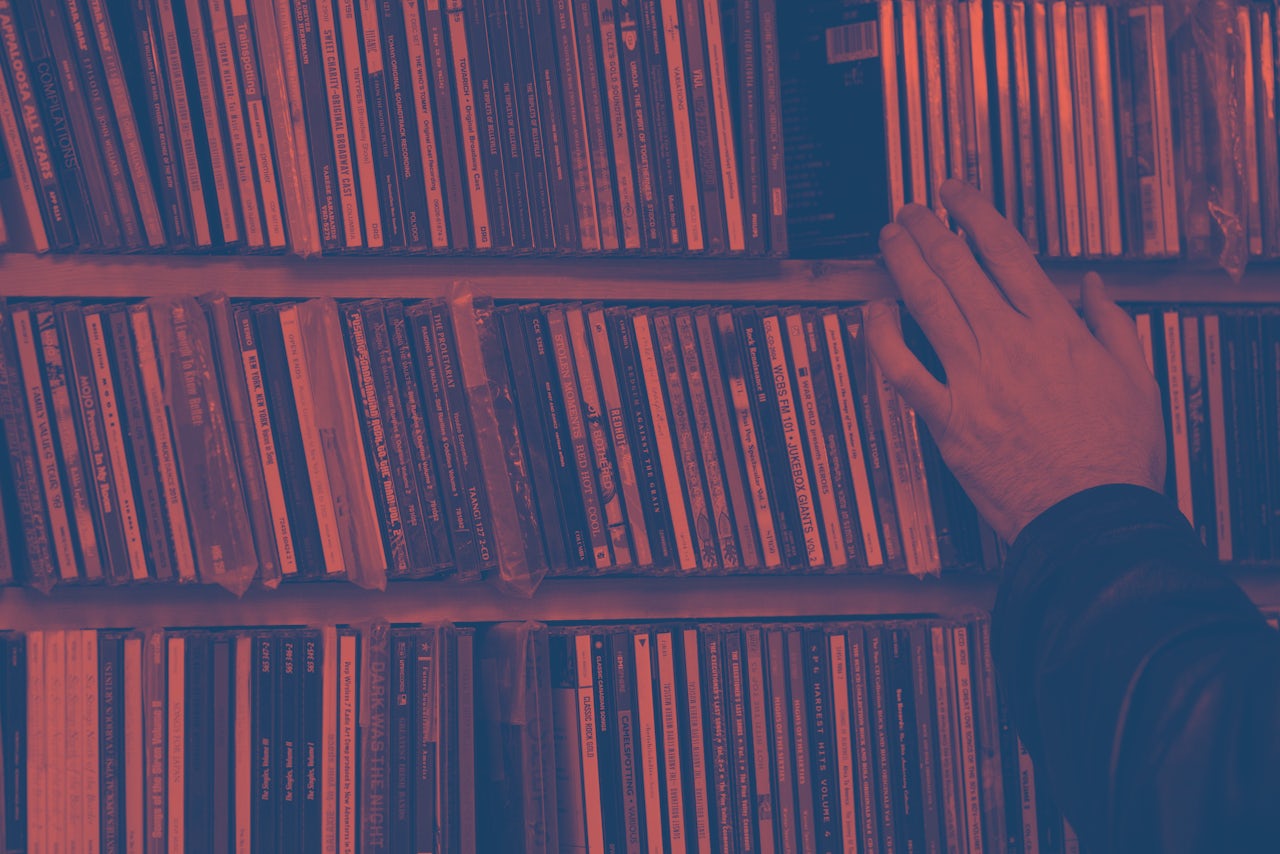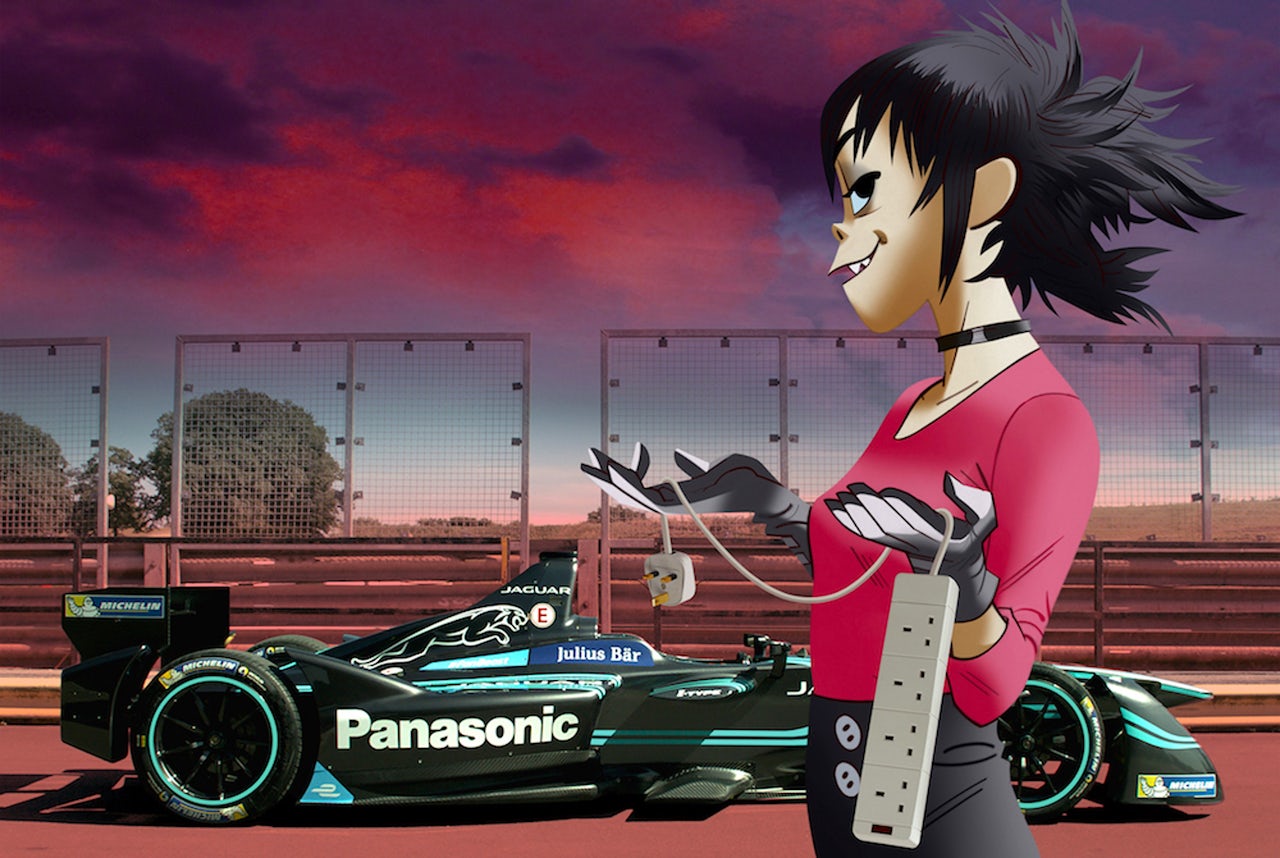Before the ubiquity of MP3s and streaming platforms, one of the many small joys of buying a new album on CD was slipping the booklet out of the jewel case and reading the liner notes, credits, and lyrics while the music played for the first time. These days, the biographical information, album production notes, promotional photos, and printed lyrics that fans once relied on physical literature for have found homes in other areas online. Artist websites, social media accounts, and sites like Genius and WhoSampled offer a patchwork of album information, like credits and clues to what happened behind the scenes. But those details rarely exist in one place, and production and songwriting credits seem less and less important.
Meanwhile, the form that was intended to replace the traditional booklet, the digital booklet, remains a rarity when it comes to new releases. The idea of digital album booklets may appeal to only the nerdiest of music fans, for whom having everything in one place is a ritualistic way to listen to music and for whom album credits are crucial. But in an age where branding is often as important as skill, the lack of digital booklets feels like a wasted opportunity for artists wanting to communicate directly to fans without a social network as a middleman.
According to Steve Jones, a distinguished professor of communications at University of Illinois at Chicago, the absence of digital booklets can be attributed to two things. First, given all of the different platforms on which people consume digital music, juggling the different template standards for each can be cumbersome. Second, people aren’t looking at digital booklets because we aren’t listening to albums like we used to. “You don’t bring it home in a container and listen to it and look at the sleeve, read the liner notes, et cetera,” said Jones. “You buy your music or stream it instantaneously, usually while you’re doing something else. The space in which one would have looked at the visuals has gone by the wayside.” Artists are still concerned with presenting compelling visuals to accompany their music, Jones said, citing Beyoncé’s visual albums. But that’s “a form unto itself,” he said.
Last year, to accompany his album Views, Drake released a digital booklet containing full album credits and exclusive, highly produced photos reflecting his inspirations for the project. The photos were quickly turned into memes, and helped him set the tone of the rollout and define its aesthetic. But of the top 100 albums in the iTunes store today, only 16 were released with digital booklets. Most are newer releases, like DAMN. by Kendrick Lamar and the La La Land soundtrack. But some are older, like The Joshua Tree by U2 and Metallica by Metallica, from 1987 and 1991 respectively (a representative for iTunes couldn’t confirm whether or not these are simply scanned PDFs of the original booklets). Meanwhile, even though The Miseducation of Lauryn Hill (number 65 on the iTunes chart) was originally released with an iconic album booklet in 1998, a digital version of that booklet is not available. There seems to be no consistent pattern for genres or labels when it comes to including them. So while Kendrick Lamar’s two most recent albums include digital booklets, those of his Interscope labelmates Rae Sremmurd and Kamaiyah do not.
Some labels, such as the Seattle-based Sub Pop, include digital booklets with each digital album release by default. But they aren’t nearly as crafted as the music on the albums may be. “I’m not sure how many of our bands actually know we are doing these digital booklets,” wrote Sub Pop creative director Jeff Kleinsmith in an email to The Outline. “While we often customize album campaigns to suit a particular band, there are a number of things we ‘just do’ as a matter of course — and digital booklets are one of them. Our digital booklets are pretty straightforward with no animation or video — just a digital facsimile of the overall album art.” And even when new music is released on old formats like CD and vinyl, accompanying booklets still aren’t guaranteed. “For me, the presence of a physical book depends on a few of factors: Are there lyrics? Is there a bevy of great art? Is there both?” wrote Kleinfeld. “I can’t speak for the whole industry but it’s likely some labels don’t want to spend the money on a CD booklet when all of that information is online? Many labels have switched to spending their money on LP packaging rather than CDs.”
Creative album artwork and promo persists, but the materials that accompany the visuals and the music have yet to catch up to the ways we consume music.
Sam Rosenthal, founder and manager of Projekt Records, an independent label in Portland, Oregon, pointed to environmental concerns as a reason to opt out of physical booklets for physical releases. “Most of my releases are digipaks these days just because of the way the plastic boxes all end up in a landfill and it’s pretty horrible,” said Rosenthal. As for digital booklets, they may be too niche for casual music fans. “I don’t think anybody wants them because no one ever asks for them,” said Rosenthal.
In recent years, some artists have looked backward and embraced both the analog and digital options available to them when it comes to album packaging, working outside the confines of platforms like iTunes and Spotify. In 2016, Frank Ocean celebrated the release of his long-awaited album Blonde by publishing Boys Don’t Cry, a large-format magazine filled with everything from photo spreads and illustrations to essays, interviews, poetry, and album credits. Originally available at dedicated pop-up stores in Chicago, London, Los Angeles, and New York, and then briefly on sale online last fall, Boys Don’t Cry can be found for resale on eBay and Amazon for as much as $899. Also last year, ahead of the release of A Seat at the Table, Solange published a hardcover art book to accompany the album, sent it out to 86 fans, and made a limited number of copies available in her online store. The physical copies are now sold out, but the digital copy of the book — which functions like something of an elevated booklet, with photos and thoughtfully designed lyrics — can be found online and likely always will be.
Creative album artwork and promo persists, but the materials that accompany the visuals and the music have yet to catch up to the ways we consume music. That some artists are creating physical accompaniments as well as digital ones, as plain as they may be, is a signal that there is an audience of people who want more than just the music and a cover when their favorite artist releases a new album.
Jones cited Jack White’s Third Man Records as one full label that is continuing to keep creative and sometimes elaborate album packaging alive. But when it comes to what the possibilities for digital album accompaniments are to replace booklets and liner notes, it will take someone to come along and show artists a spark. “It’s not going to come from an established platform. It’s not going to come from a mainstream media company. It’s going to come from somebody sort of working on the fringes who might connect up with somebody who’s a little less on the fringe and we’ll start to see some more public notice of what they’re doing,” said Jones. “And it’s not going to be something that we can easily put into a category.”



